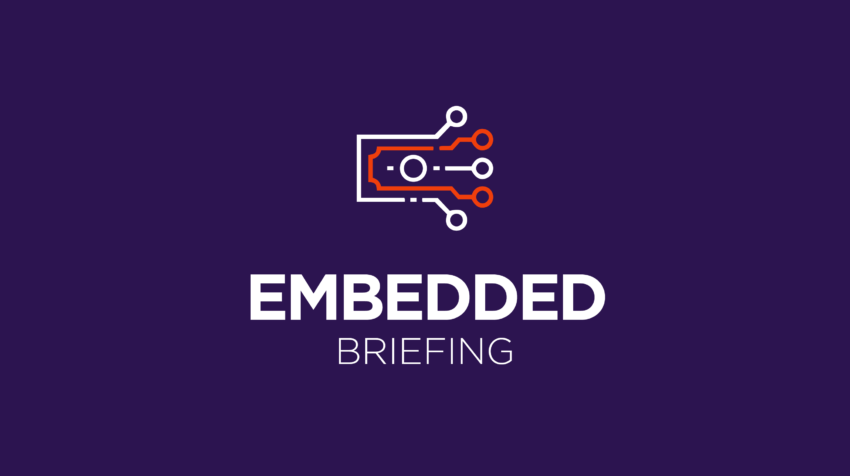Embedded Finance, Member Exclusive
Embedded Briefing: Zeta partners with Mastercard, gears up for US expansion
- Zeta and Mastercard have entered into a 5-year-long partnership to power next-gen cards for FIs.
- Mastercard underscored the partnership by making a 'strategic investment' into Zeta's business.








